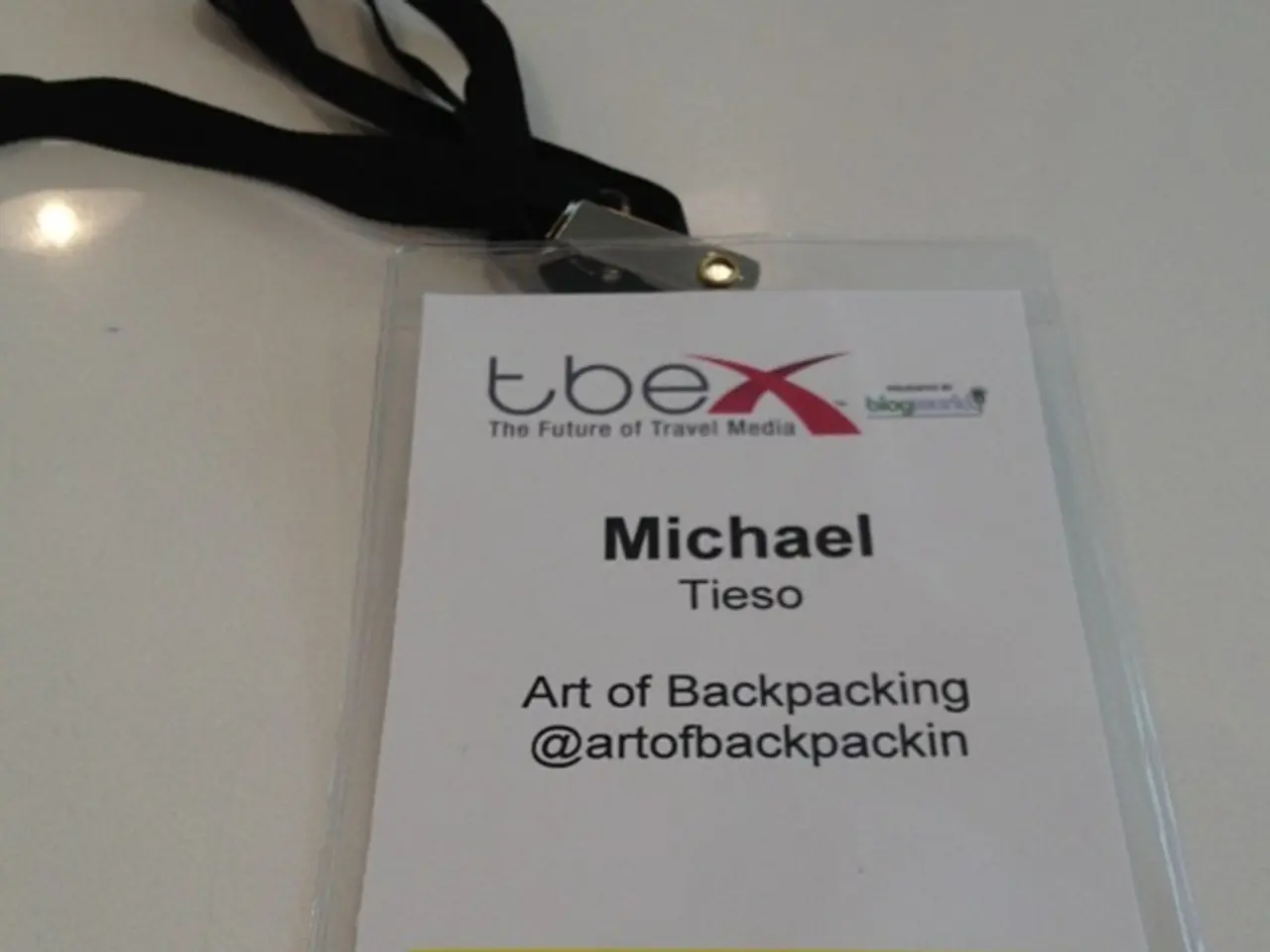Earth Encounters Innovation: Japan's 3D-Printed Home Constructed from Soil, Revolutionizing Sustainable Building Design
Introducing the Lib Earth House Model B: A Sustainable, Technologically Advanced Home of the Future
In Yamaga, Kumamoto Prefecture, Japan, a revolutionary home is taking shape. The Lib Earth House Model B, a single-story, 1,076-square-foot home, is 3D printed primarily from soil, marking a significant leap in sustainable residential construction.
The home's unique design showcases how curved walls can create intimate, cocoon-like spaces that feel protective rather than confining. The bedroom and living areas embody this concept beautifully, with the kitchen area featuring contemporary appliances and clean lines that contrast beautifully with the textured earth walls.
One of the most striking features of the Lib Earth House Model B is its natural sound-dampening properties, creating a remarkably quiet interior environment. The material's natural variations create subtle color and texture differences across the walls, adding visual interest without overwhelming the living spaces.
The open-plan layout maximizes the sense of space within the 1,076-square-foot footprint, with the curved walls creating natural zones for different activities without the need for rigid room divisions. The thick earth walls provide natural thermal mass, helping to regulate interior temperatures naturally.
The home's exterior showcases a distinctive ribbed texture, created by the 3D printing process. This texture, so prominent on the exterior, becomes a subtle design element inside, adding visual interest without overwhelming the living spaces. The flat roof design provides space for potential solar installations, rainwater collection systems, and rooftop gardens.
Large windows flood the interior with natural light, emphasizing the warm, earthy tones of the walls while providing visual connections to the surrounding landscape. The strategic placement of windows ensures adequate daylighting throughout the day.
The Lib Earth House Model B, designed by Lib Work, demonstrates the implications and future potential of earth-based 3D printed residential construction. By using a soil-based mixture of earth, lime, and natural fibers—renewable, low-impact materials—rather than conventional concrete, it is environmentally friendly and about five times stronger than earlier models containing cement.
This technology offers several key benefits. Sustainability is at the forefront, with the construction lifecycle offering a circular design that drastically reduces environmental footprint. Advanced technology integration includes embedded sensors monitoring temperature, humidity, condensation, and material deterioration, as well as IoT features allowing remote control of appliances and a facial recognition door.
Design flexibility and customization are also significant advantages. Unlike typical 3D printed homes, the Lib Earth House Model B supports free-form, intricate geometric designs and sweeping curves, allowing highly personalized living spaces tailored to client needs. The home's form follows the inherent properties of its earth-based material, resulting in gently curved walls.
Regarding the future of this construction approach, Lib Work plans to automate the entire building process beyond shell printing and begin large-scale deliveries, targeting 10,000 units by 2040. While currently limited to Japan, international expansion is planned, with continued incorporation of cutting-edge technologies like AI and NFTs related to housing ownership and management.
In summary, the Lib Earth House Model B illustrates a future where earth-based 3D printed housing can offer environmentally sustainable, technologically smart, and design-forward residences, paving the way for scalable, off-grid, and highly personalized homes that minimize environmental impact.
The Lib Earth House Model B, not only showcases innovative design and environmental-science principles with its curved walls and natural sound-dampening properties, but it also integrates technology such as embedded sensors and IoT features, making it a prime example of how advancements in science, technology, and environmental-science can contribute to the development of sustainable homes. As the construction process becomes automated, we can expect to see more events of large-scale deliveries of these technologically smart and personalized homes, revolutionizing the residential sector in the future.




